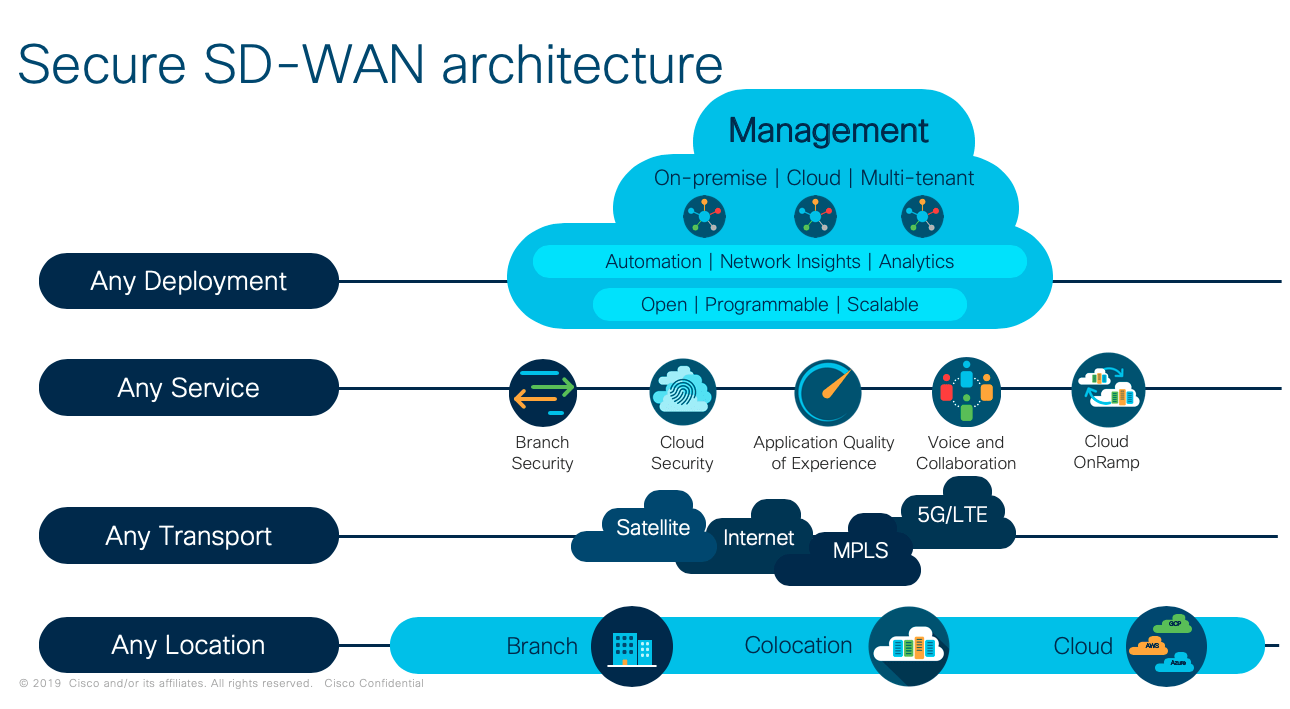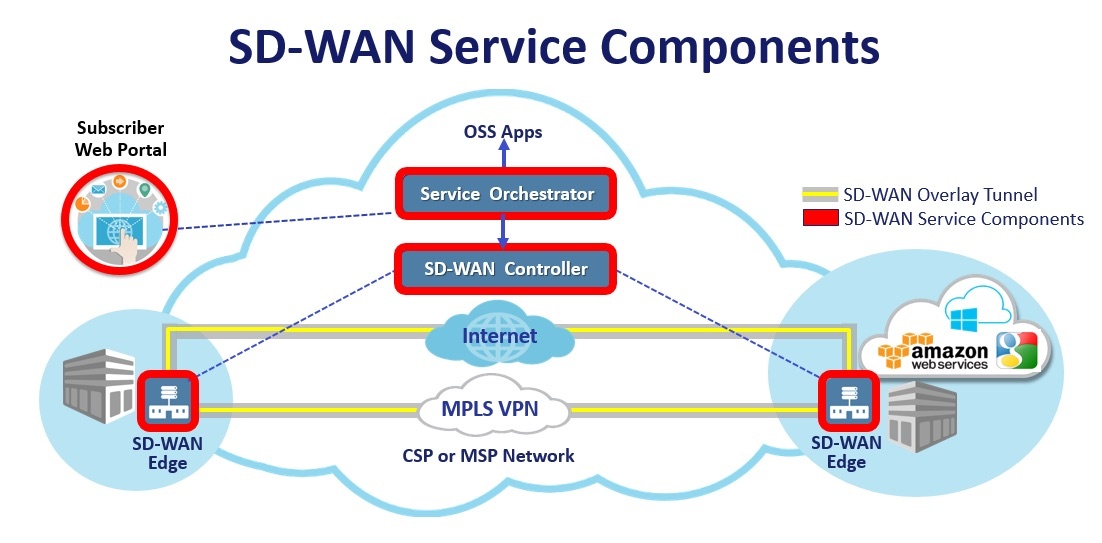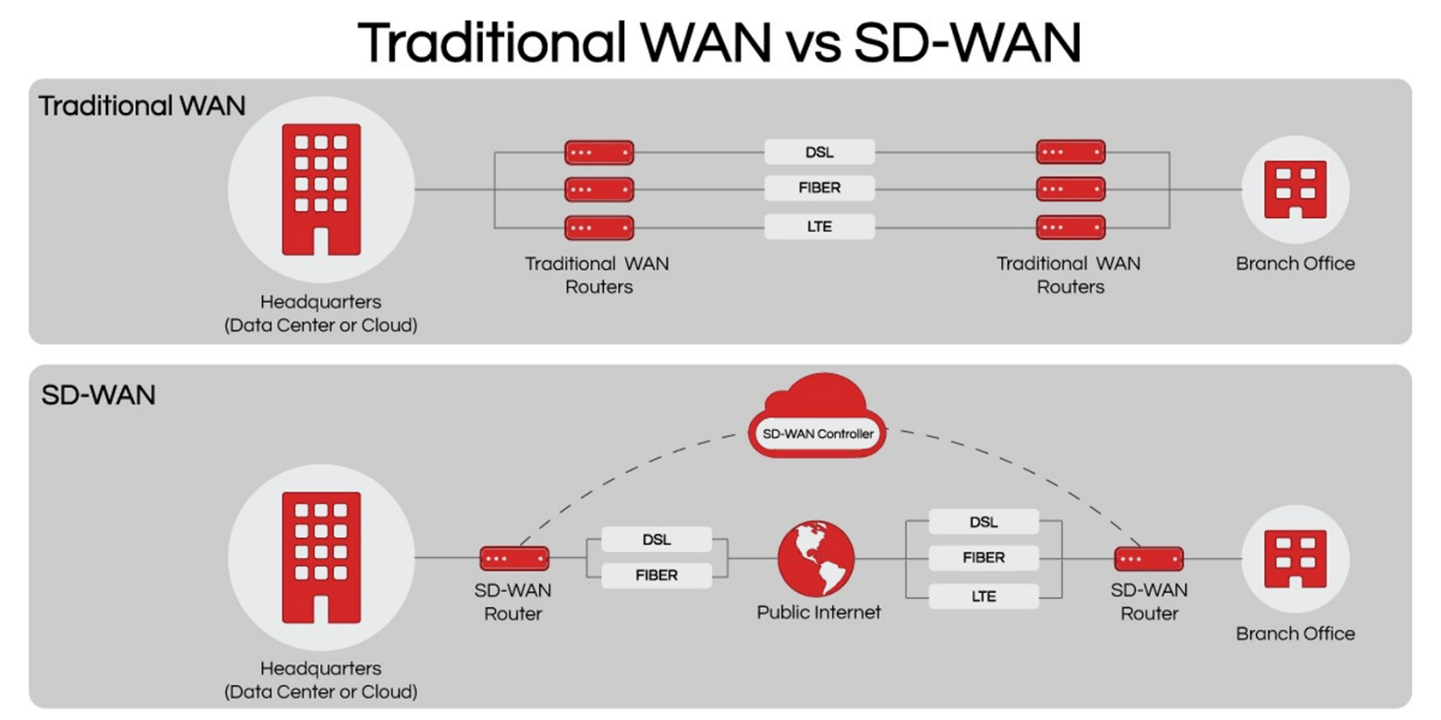SD-WAN over MPLS: Explained
SD-WAN over MPLS: Explained
Is your organisation facing issues with your existing current network infrastructure? Are you planning to have a cloud migration strategy? If you have not given a thought, we @layots suggest you to understand the reason why “Should I choose SD-WAN over MPLS?” Rightly so.
The decision to switch to SD-WAN has significant implications for businesses. SD-WAN reduces capital expenditures and simplifies network operations. The SD-WAN offers better visibility, availability, enhanced performance, and more freedom of action.

Traditional WAN solutions often incorporate a combination of public and internet leased lines. MPLS, a traditional WAN connectivity method, is used so that that you can assign preference based on SLA guarantees. In this way, you can determine timeliness for delivery of traffic. This becomes especially important, particularly for voice and video-based applications.
SD-WAN as its name implies, it is a software-driven technology with application awareness that is managed from a centralized point in the network. SD-WAN solutions are deployed as an overlay technology to an existing topology, which allows for ease of integration and adoption over time.
Consider this scenario from business point of view…

Why purchase a big pipe for MPLS when one can buy a small pipe with a parallel Internet/ broadband link? SD-WAN will put the critical, real-time data on the MPLS link and the rest on broadband. Thereby reducing the need to have a big pipe of MPLS to carry both kinds of data..
Let's dive little bit deeper
SD-WAN Architecture:
SD-WAN uses an abstracted architecture for its network. In an abstracted architecture, the network is divided into two parts: the control plane and the forwarding plane. Its architecture can be cloud-based, cloud-based with a backbone, or on-premises only.

There are three main components to an SD-WAN: The SD-WAN edge, the controller, and the orchestrator.
The SD-WAN edge is where the network endpoints reside. This can be a branch office, a remote data centre, or cloud platform.
An SD-WAN Orchestrator is the virtualized manager for network, overseeing traffic and applying policy and protocol set by operators.
The SD-WAN Controller centralizes management and enables operators to see the network through a single pane of glass and set policy for the orchestrator to execute.

How does SD-WAN actually work?
SD-WAN is an overlay to the existing network – essentially a network running on top of a network. This is accomplished by using tunneling technology to differentiate the physical network from the logical network.
SD-WAN implements a centralized controller, acting as a single pane of glass for managing the entire solution. It is used to set and maintain policy. This policy is used to control traffic paths, SLAs, fail-over, monitoring, etc. The SLAs are written based on application-specific information. Once policies are defined, they are pushed from that centralized controller to each SD-WAN node for more “hands-off” configuration.

Disadvantages of Traditional WAN architecture:
Depending on your business needs, a traditional WAN may hinder growth and agility requirements.
- Configuration is distributed. It means that the configuration is housed locally on each individual router but is typically templated.
- New policies must be managed on a per-device basis and require your device manager to touch each individual device as policies change.
- Failover: switching to a standby server or system when your primary application goes down. This means you must depend on routing protocol re-convergence. This can cause multiple seconds worth of outage, resulting in dropped or lost video or phone calls.
- Significant time is needed for new site turn-up. This includes time for circuit delivery, equipment provisioning, and change management. New sites can take months to turn up due to the complexities of change management and project coordination.

Advantages of SD-WAN Over MPLS
SD-WAN Can Be More Cost Effective Than MPLS: For the past two decades, many organizations connected remote branches and retail locations to the central data center through a hub and spoke WAN model that relied on individual MPLS connections. As a result, all data, workflows, and transactions, including access to cloud services or the internet, required traffic to be back hauled to the data center for processing and redistribution.
Guaranteed QoS: It provides simplified QoS and prioritization of critical applications across the WAN. Rather than waiting for an up/down event, SD-WAN provides real-time traffic monitoring to divert business-critical traffic around brownout events.
Ability to support high-bandwidth intensive applications simultaneously, offloading them on local internet where applicable. These bandwidth requirements can be a challenge for traditional WAN.
SD-WAN is same as WAN optimization: WAN optimization is designed to reduce bandwidth consumption using a variety of techniques like compression, caching, and reduplication. The result is the effective use of the available limited WAN bandwidth. WAN optimization is designed for TCP traffic that is not delay sensitive. However, the indirect benefit of reducing TCP bandwidth is the creation of more room for VoIP traffic (delay sensitive), which may benefit the call quality. SD-WAN deals with the delay sensitive and real-time traffic in a more direct way. It measures jitters, delay and packet loss at the end nodes and can seamlessly switch the traffic to the best path available among the bonded links.
We @layots are partner for major SD-WAN vendors. Educating and helping the enterprise/organisations to choose the best sd-wan solution match for their requirements is the primary focus of layots. To know more about this solution, PING US !!!



